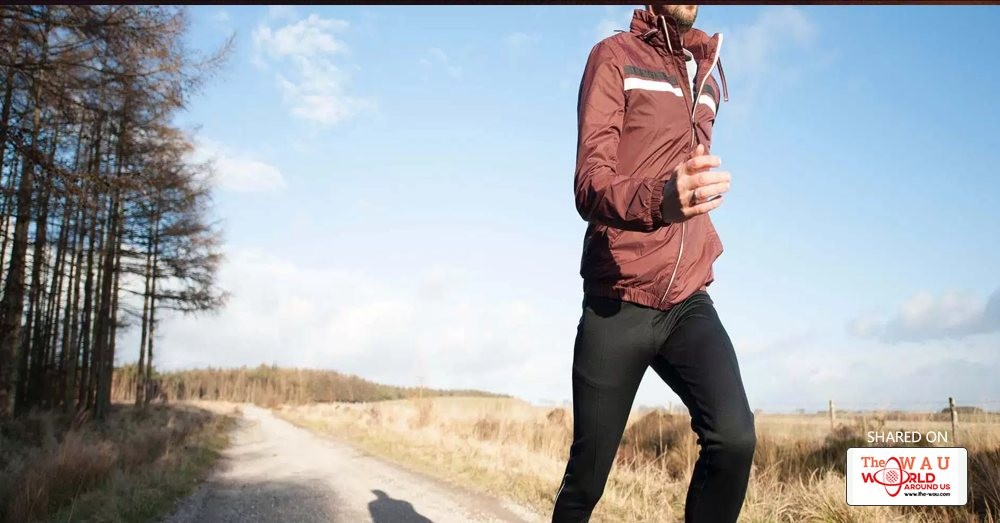The ability to enter into a flow state of mind will help you overcome the psychological barriers associated with any race. In the new book Running Flow, pioneering flow researcher Mihaly Csikszentmihalyi along with Philip Latter and Christine Weinkauff Duranso give you the tools and strategies for experiencing the power of flow yourself. Follow the three steps in this post to help maximise your chances of finding flow in your runs.
What is running flow?
Think about your most cherished running memory. Perhaps it was a race where you met a difficult challenge head on, where your mind and body were so completely tuned in that running your fastest time felt effortless. Maybe it happened while jogging through a beautiful landscape, a place so tranquil that your usually unruly mind couldn’t help but shut off, allowing you to enjoy the simple pleasures of moving through the environment. You may have felt this same sense of engagement while conversing with your friends on a long run, a journey where 2 hours felt like 20 minutes.
Those moments are called flow moments and they are usually among the most memorable and fulfilling in people’s lives. Flow refers to an optimal experience during which the mind and body work harmoniously while honed in on a specific task.
Why is flow a desirable state?
Flow is desirable because it is often associated with peak performance. When you are in a state of flow, you have no distractions, no deadlines, no querulous spouses to please and no outside expectations to live up to. You simply have the present moment; in that moment, the pleasure comes from the act itself.
Although flow may sound like a mysterious, ephemeral experience, in truth, it is a highly researched psychological phenomenon. Coauthor of Running Flow Mihaly Csikszentmihalyi first identified flow in the 1970s. Over the past 40 years, hundreds of researchers have studied this phenomenon. Their work generally leads to this conclusion: People who regularly experience flow have happier, more fulfilling lives.
Can anyone achieve flow?
Anyone can experience flow by chance, but cultivating those experiences and benefiting from them requires knowledge and practice. Runners are fortunate because the sport offers numerous opportunities to experience flow. Racing allows competitive athletes to set goals, increase their skill level and constantly challenge themselves to be better than they were the day before. Everyday runs offer plenty of challenges, too, making flow equally accessible to recreational and fitness runners. When you set goals and surmount challenges, such as running farther in the woods than before or staying in the moment while jogging along a busy bike path, you give yourself the best chance to experience flow.
The goal of Running Flow is to give you the knowledge necessary to experience flow on a regular basis. When you understand the variables that set the stage for flow, you can increase the likelihood of experiencing flow and living a happier, more fulfilling life. Flow experiences often coincide with personal bests and major achievements, making it a wonderful (and legal!) performance enhancer.
Setting the stage for flow
No magic formula exists for creating flow. You cannot conjure it up by following a recipe or rigidly adhering to a series of steps. With that being said, certain conditions must be present for flow to occur, although their presence does not guarantee that flow will actually occur. Give yourself the best chance of experiencing flow by following these three steps.
...[ Continue to next page ]
Share This Post















